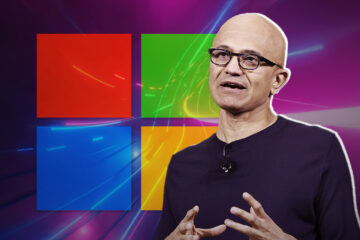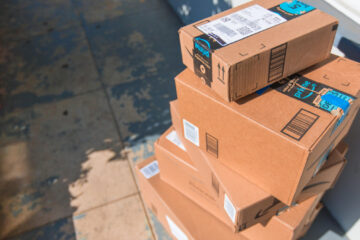Starbucks is hiking prices again to offset soaring costs for labor and goods. Here’s how much more a latte is going to set you back.
If nothing can explain what exactly inflation is to the average consumer, it’s higher prices at the world’s biggest and most beloved coffee chain.
Starbucks (SBUX) – Get Starbucks Corporation Report on Tuesday said it will raise menu prices in 2022 and reduce its spending even more to offset soaring costs for labor and goods — two Covid-related factors the company said will likely lead to lower-than-forecast profits this year.
The price-increase pledge came after Starbucks reported quarterly profits and comparable sales that missed Wall Street forecasts as the fast-spreading omicron variant also led to delayed office re-openings and new restrictions in China, the company’s fastest growing market.
Starbucks reported that same-store sales in the U.S. rose 18% in the fourth quarter from a year ago, though noted that sales weakened in the latter part of the period as the omicron surge forced it to pivot once again to pick-up and drive-through sales.
TheStreet Recommends: Starbucks Has Hit a Post-Pandemic Milestone
Starbucks
Will We See a $5 Starbucks Latte?
But the prospect of a cup of Starbucks cappuccino or latte getting even more expensive than it already is was a dire warning to stock investors and consumers alike, who are seeing first-hand how the concept of inflation — rising prices for goods and services — can impact an everyday item like a cup of coffee.
Starbucks’s 2022 price-increase pledge isn’t just because it wants to make more money, though that’s certainly part of it. Restaurants are paying more for everything from coffee beans and packaging to, of course, wages, which many retailers have been forced to raise through the pandemic due to labor shortages.
The extra costs are eating into margins. McDonald’s (MCD) – Get McDonald’s Corporation Report profits also missed estimates when it reported its fourth quarter earnings last week.
“When the omicron surge began, inflationary costs and staffing shortages were amplified, well in excess of our expectations,” Starbucks CEO Kevin Johnson said on a post-earnings conference call with investors, adding that the chain also will cut spending on marketing and promotions.
So how much will it cost to buy a simple Starbucks cup of a Joe, or a more complex cold-brew or half-caff latte?
TheStreet Recommends: Starbucks Tries a New Drink Line: Can It Take Down a Monster?
How Much Are Starbucks Prices Going Up?
Starbucks did not specify what drink or food items will raise prices on, and it’s not easy to find a historical list of what the coffee chain used to charge for a cup of anything.
A Today story from June 2018 noted at the time that the price of a 12-ounce tall coffee was going up to between $1.95 and $2.15 — a move that sparked a social media mutiny, with Starbucks patrons balking en masse at the concept of paying somewhere between 20 cents and 30 cents more for their fraps and lattes.
According to TheSpruceEats, the average price of a Starbucks drink in the U.S. is currently $2.75, with New York City coming in as the most expensive location — $3.25 for a tall cappuccino. A seasonal beverage with all the bells and whistles like a pistachio coffee frappuccino with extra whip currently runs well past the $5 mark.
How about a venti-sized cappuccino? According to Starbucks’ website, that’ll set you back a cool $5.25, plus taxes of course. And that latte? Right now as basic tall-sized latte with no fancy fixings is going for $2.95. A grande sized latte is $3.65.
Another 20-cent price hike similar to what Starbucks did in 2018 would bring a tall latte to over $3 a pop, and a grande very close to $4 — a lot of coin for a drink.
One thing that might make Americans feel a bit better about paying more for their Starbucks fix: A tall latte in Russia tops out at more than $12.50, while prices are generally over the $7-mark in Indonesia, Vietnam, Thailand, Malaysia, and China.
TheStreet Recommends: Starbucks Makes a Big Menu Change, Brings Back “Meatless Mondays”


